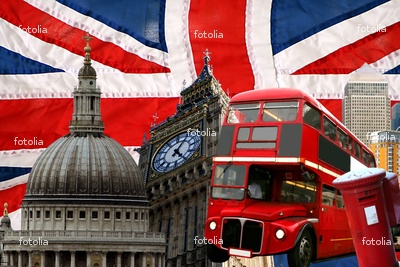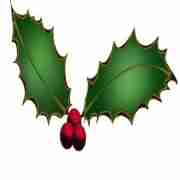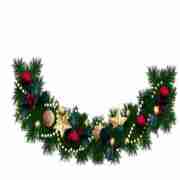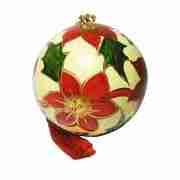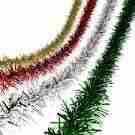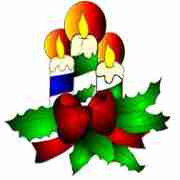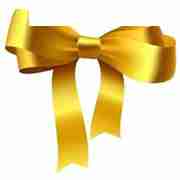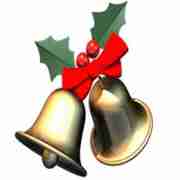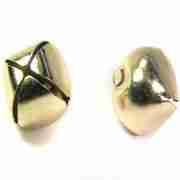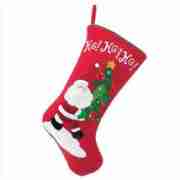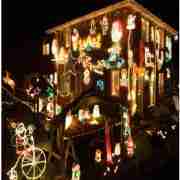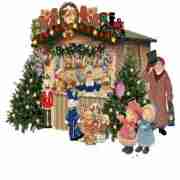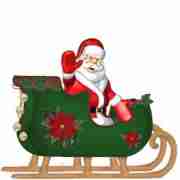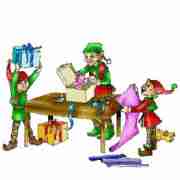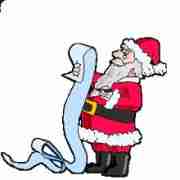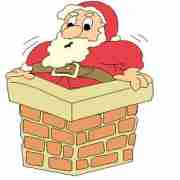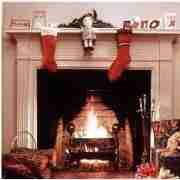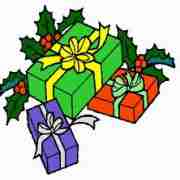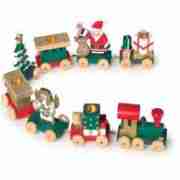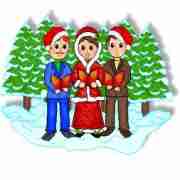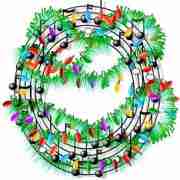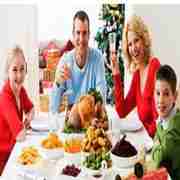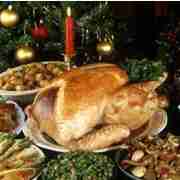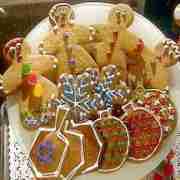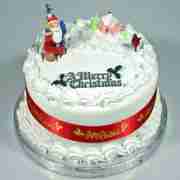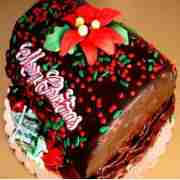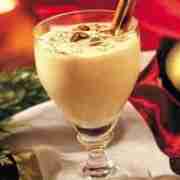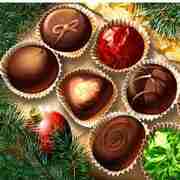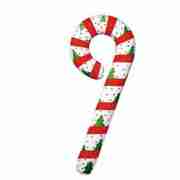THE ANGLO - SAXONS
Anglo Saxon Timeline |
350 -
| Anglo-Saxons raid English shores and are beaten back by the Romans |
410
| Romans Leave England and England shores are unprotected |
449 - 550
| Arrival of Jutes from Jutland, Angles from South of Denmark and Saxons from Germany. |
450
| Saxons, from Germany, settle in Kent. |
556
| Seven kingdoms are created across Britain |
597
| St Augustine brings Christianity to Britain from Rome and becomes Archbishop of Canterbury |
617
| Northumbria becomes the Supreme Kingdom |
779
| Mercia becomes the Supreme Kingdom and King Offa builds a Dyke along the Welsh Border |
The last Roman soldiers left Britain in AD 410, and then new people came in ships across the North Sea. Historians call them Anglo-Saxons.
The new settlers were a mixture of people from north Germany, Denmark and northern Holland. Most were Saxons, Angles and Jutes.
If we use the modern names for the countries they came from, the Saxons, were German-Dutch, the Angles were southern Danish, and Jutes were northern Danish.
Why did Anglo-Saxons invade Britain?
Historians are not sure why the Anglo-Saxons came to  Britain.
Britain.
Some sources say that the Saxon warriors were invited to come, to the area now known as  England, to help keep out invaders from
England, to help keep out invaders from  Scotland and
Scotland and  Ireland.
Ireland.
Another reason for coming may have been because their land often flooded and it was difficult to grow crops, so they were looking for new places to settle down and farm.
To know more about the Angle- Saxons' way of life :http://www.bbc.co.uk/schools/primaryhistory/anglo_saxons/anglo-saxon_life/
Anglo Saxon Houses
We know what Saxons houses may have looked like from excavations of Anglo Saxon villages, such as the one at West Stow in the east of England. Here, an early Anglo-Saxon village (c.420-650AD) has been carefully reconstructed where it was excavated. Using clues from the what was discovered, archeologists have reconstructed the houses as they may have looked about 1,500 years ago.
We know that the Saxons built mainly in wood, although some of their stone churches remain.
Anglo-Saxons houses were huts made of wood with roofs thatched with straw.
Much of Britain was covered with forests. The Saxons had plenty of wood to use.
There was only one room where everybody ate, cooked, slept and entertained their friends.
The houses were built facing the sun to get as much heat and light as possible.
THE HALL
The biggest house in an Anglo Saxon village was the Hall, the Chief's house. He lived there with his warriors.
The Hall was long, wide and smoky, with the fire on a stone in the middle. The smoke from the fire escaped through a hole in the roof.
The windows were slits called eye-holes. There was no glass in the windows.
On the walls were shields and antlers. The floor was dirty and covered with rushes from the river banks. Sometimes the oxen were kept at one end of the Hall.
FOOD
The Anglo-Saxons loved eating and drinking and would often have feasts in the Hall. The food was cooked over the fire in the middle of the house; meat was roasted and eaten with bread.
They drank ale and mead - a kind of beer made sweet with honey - from great goblets and drinking horns.
After the feast a minstrel would play a harp and sing songs of battles and heroes.
Anglo-Saxons ate what they grew.
They grew
- cereals - Wheat and rye for bread, barley for brewing and oats for animal food and porridge.
- vegetables - carrots, parsnip, cabbages, peas, beans and onions.
- fruit - such as apples, cherries and plums
Exotic foods such as potatoes, tomatoes, bananas, pineapples - fruits and vegetables of the New World, were unknown to the Anglo-Saxons.
Drink
Barley was used to make weak beer, which was drunk instead of water. River water was often polluted. wine was imported from the Mediterranean but only drunk by the very rich.
Barley was used to make weak beer, which was drunk instead of water. River water was often polluted. wine was imported from the Mediterranean but only drunk by the very rich.
Most Anglo-Saxons were vegetarians because they could not get meat very often. Wild animals such as deer and wild boar were common but could only be killed by the people who owned the land. Only a few Anglo-Saxons were wealthy enough to pay for a slaughter of an animal.
Animals
Pigs were important for food because they produce large litters, which would quickly mature and be ready for slaughter. They were the only animals reared just for their meat. Every other kind of animal served other purposes and were only killed when they became old or ill. Sheep were reared for their wool and meat. Cows were used for their milk and, when they were old, for hides, meat and glue. All animal fat was valuable for making oils for lamps.
Pigs were important for food because they produce large litters, which would quickly mature and be ready for slaughter. They were the only animals reared just for their meat. Every other kind of animal served other purposes and were only killed when they became old or ill. Sheep were reared for their wool and meat. Cows were used for their milk and, when they were old, for hides, meat and glue. All animal fat was valuable for making oils for lamps.
Fish
The Anglo-Saxons ate fish which they caught in the rivers and the seas.
ENTERTAINMENT (Leisure)
The Anglo-Saxons ate fish which they caught in the rivers and the seas.
ENTERTAINMENT (Leisure)
The Anglo-Saxons enjoyed horse racing, hunting, feasting and music-making.
They played dice and board games such as draughts and chess. Entertainment during feasts included listening to a harp being played and juggling balls and knives.
Children played with balls, hoops and whipping tops (spinning tops). They also played with carved wooden toys such as horses and small wooden boats.
| Hoops |
| whipping top |
| draughts |
| Juggling balls |
Sutton Hoo Ship Burial |
By about 600, England was divided into small Anglo-Saxon kingdoms each ruled by a king.
Much of what we know about the Anglo-Saxons comes from graves like the one discovered at Sutton Hoo in Suffolk.
Near the River Deben in Suffolk, at Sutton Hoo, are eleven mounds or 'barrows' dating back to the 7th century. In 1939 archaelogists explored the largest mound and discovered a ship buried in the mound.
|
To revise for your test : do the following quiz (don't forget to do the quiz of each section !!)http://www.bbc.co.uk/schools/primaryhistory/anglo_saxons/who_were_the_anglo-saxons/teachers_resources.shtml
